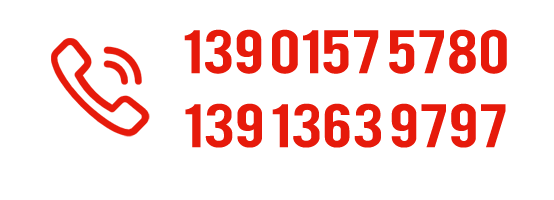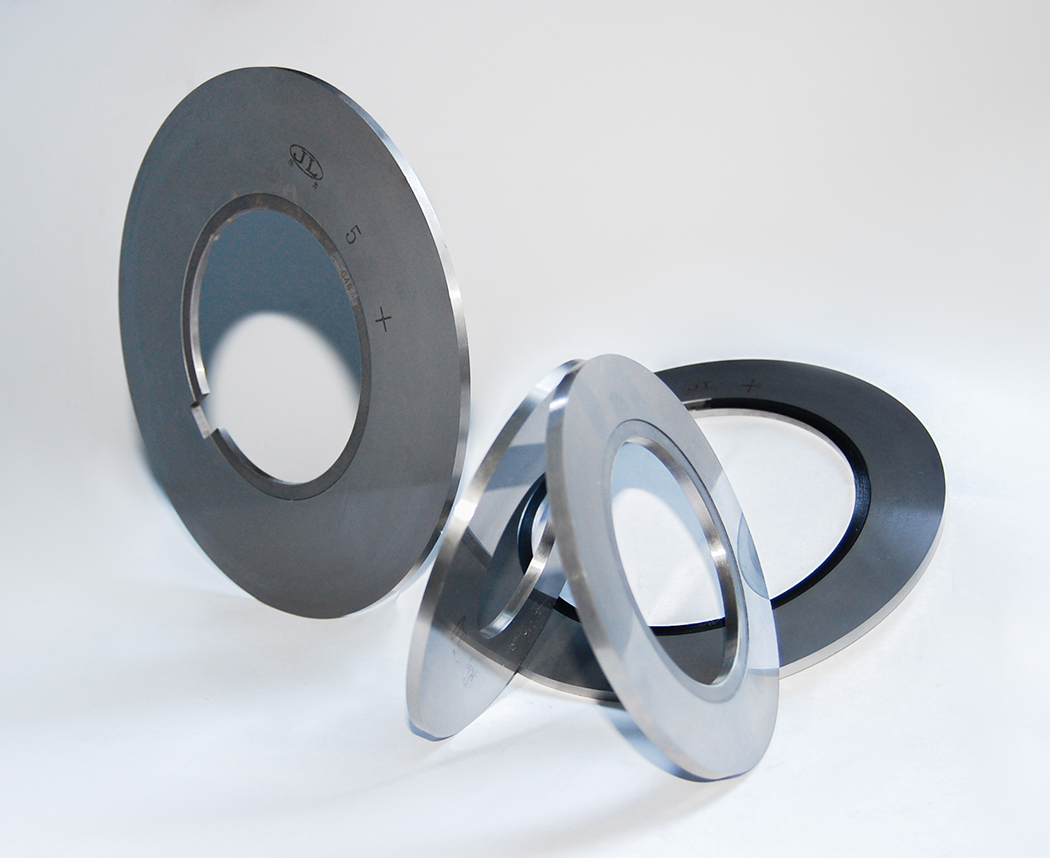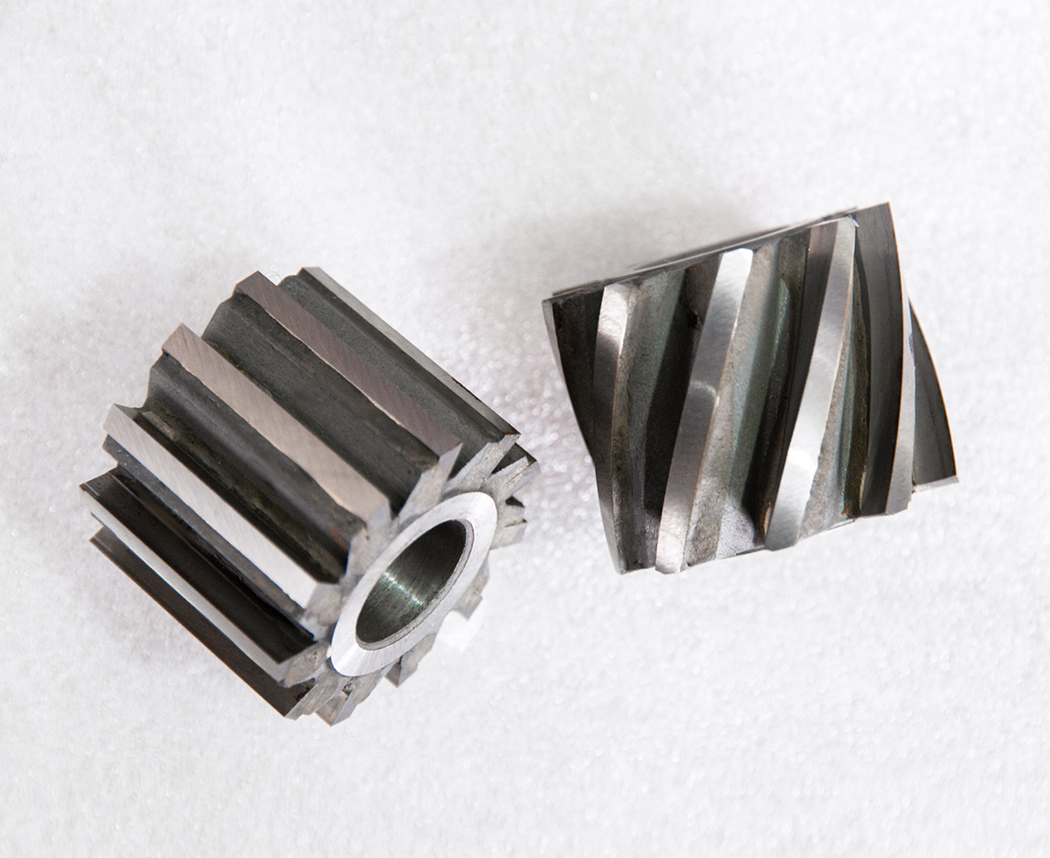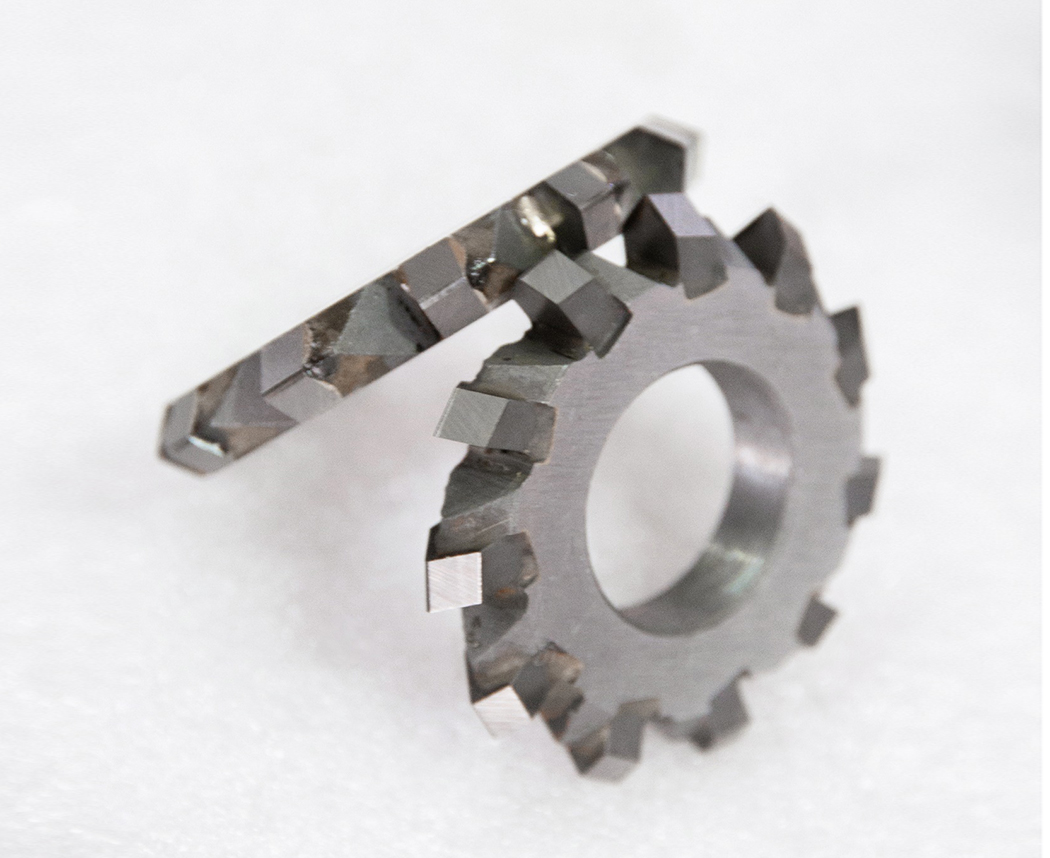News Center
Recommending Products
Contact: Mr. Jin
Tel: 13901575780
0512-52428686
Contact: Mr. Zha
Tel: 13913639797
0512-52422071
Address: No. 59, Huyi Road, Liantang, Shanghu Town, Changshu City, Jiangsu Province.
What are the advantages of double angle circular knives
The core advantages of a double angle circular knife (usually referring to a tool with symmetrical angles on both sides of the blade and a circular body, commonly used in cutting and cutting equipment) revolve around "efficient cutting, correct shaping, adaptability to various materials, and strong durability", especially in scenarios that require batch and regular cutting. It can be broken down into the following four points:Sources:www.apocrest.com | PublishDate:2025.10.10
1. High cutting efficiency, suitable for batch operations
The double angle circular knife works through the "circular blade rolling cutting" method, which has lower resistance and faster speed compared to the "reciprocating cutting" of fixed blades, and can operate continuously without interruption. For example, in batch cutting of flexible materials such as fabrics, leather, and films, it can roll at a constant speed to complete long-distance and large-area cutting, greatly reducing the time cost of single cutting and suitable for the batch processing needs of factory production lines.
2. High cutting accuracy, smooth edges without burrs
The symmetrical angles on both sides of the blade (such as 30 °/45 ° double angle) have been precisely ground, making the blade sharp and at the same angle. When cutting, it can correctly act on the material cutting line, avoiding "edge skew" caused by blade angle deviation; At the same time, the "line contact" method of rolling cutting with a circular knife can reduce material extrusion deformation, especially for easily damaged materials such as paper and plastic sheets. It can cut flat and burr free edges, reducing the workload of subsequent trimming processes.
3. Wide material adaptability, taking into account both soft and hard materials
Double angle circular knives can be adapted to materials of different hardness by adjusting the blade angle and blade hardness (such as high carbon steel and tungsten steel materials). They are suitable for "smooth cutting" of flexible materials such as fabrics, knitwear, and non-woven fabrics, as well as for cutting low to medium hardness rigid materials such as thin metal sheets, hard plastic boards, and cardboard. There is no need to frequently change the type of cutting tool, reducing equipment adaptation costs.
4. Stable and durable structure, low maintenance cost
The circular blade body adopts an integrated molding process, with high structural strength and superior impact and wear resistance compared to traditional sheet-like blades. It is not easy for the blade to crack or deform due to cutting force; The rolling cutting method ensures even wear of the blade, and the sharpness can be restored through regular polishing. There is no need to frequently replace the blade, and the maintenance cost for long-term use is lower. For example, in the packaging industry's carton cutting, a high-quality double angle circular knife can be used continuously for thousands of hours, with a service life 3-5 times that of ordinary blades.





